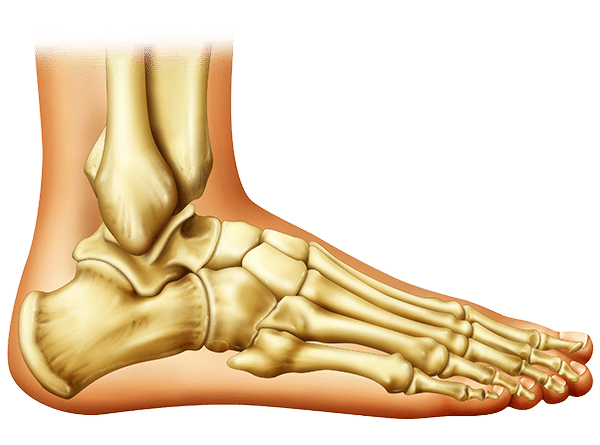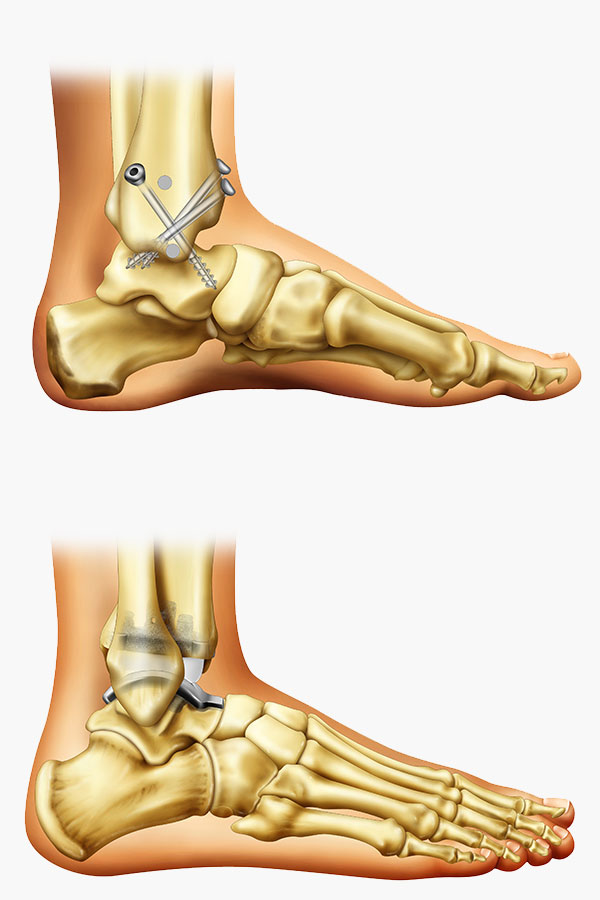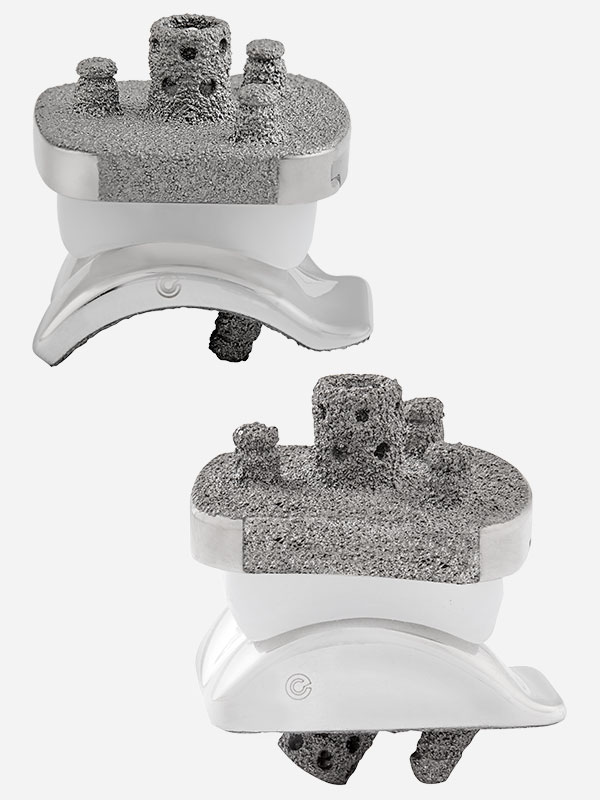The bones in your ankle joint are the shinbone (tibia), the lower part of the ankle joint (talus) and the smaller bone in the lower leg (fibula). Your ligaments hold these bones together and keep them stable. Tendons connect your muscles to the bone. Tendons help your ankle and toes move.
A thin, smooth liner called cartilage covers your bones. Cartilage acts like a cushion and releases a special fluid to lubricate the ankle. This reduces friction, or rubbing, between your bones as they move.
If you have ankle pain, you may have wear and tear on your bones or cartilage. Most of the time, this damage is caused by ankle arthritis. Arthritis starts after years of non-stop movement and pressure on your ankle joint. It can damage your protective cartilage, which makes it hurt to move your leg or foot.
Some non-surgical treatment options are medicine, physical therapy or lifestyle changes, like losing weight. If those don’t provide relief, your doctor may recommend total ankle replacement surgery.



